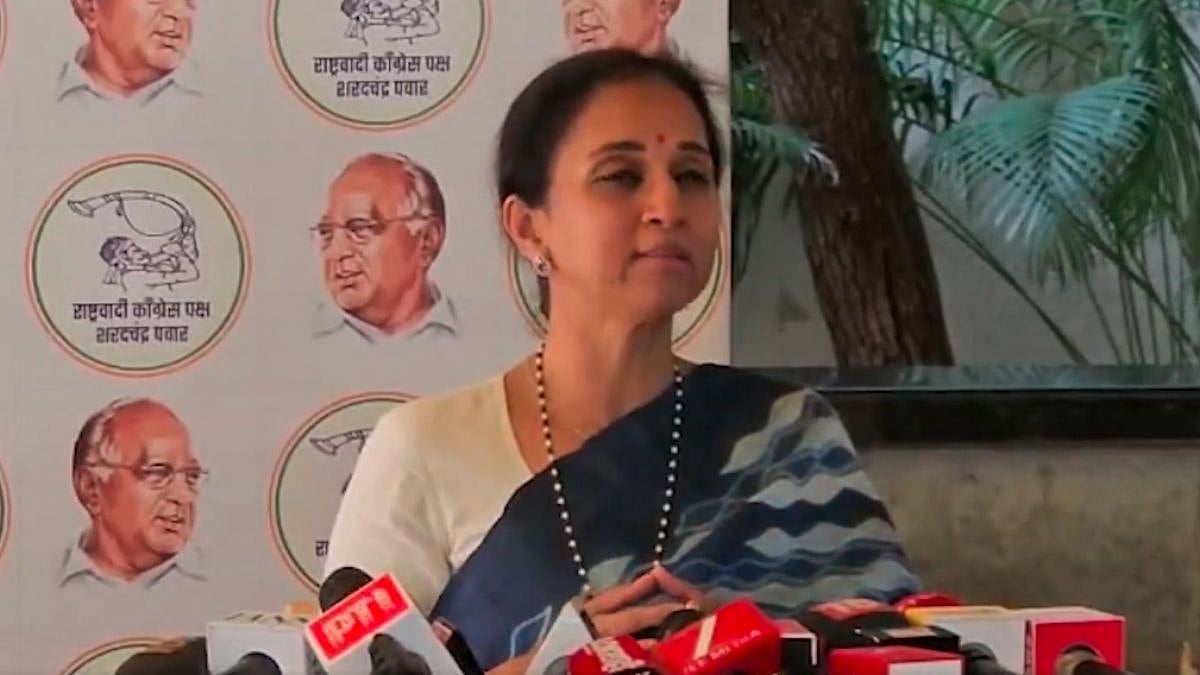They say opposites attract — The taste of salted caramel has us hailing ‘amen’ to that! Sweet and salty flavours possess their familiar pairings; whereas others leave us bewildered; for the merged elements might seem peculiar. More often than not though, if done right, the end product has us wanting more.
It all boils down to Science, with the answer on the tip of our tongues — Quite literally! Our taste buds have clusters of taste receptors that distinguish different flavours. The sugar receptors recognise sweet flavours in entirety when there’s also a little sodium present. Makes sense why we are told to sprinkle some salt in the brownie batter, right?
Being a flavour enhancer, salt intensifies our perception of the flavour compounds that are in play; allowing us to truly delight in what we are eating. But there’s more than just enhancing flavours to bring to the table of hungry food connoisseur. Let’s dive a little deeper...
Algorithmically delish!
Keeping food Science in mind, chefs around the world have garnered an understanding for the requirements that make our palates tick. That’s where flavour layering comes in. To simplify this concept, Culinary Head at Gallops, Yajush Malik explains, “Different chemicals have different reactions on our palates. This is because of the way our taste receptors recognise or perceive each element through the chemicals present in food. Salt makes sweet things taste better because it activates additional sweet taste receptors on our palate. Similar to how MSG gives us an Umame flavour.”

Chef Yajush Malik |
He continues, “But there’s more. Flavour layering excites the mind. We are conditioned to expect sweet to taste just sweet. But when we add a layer of chilli or in this context, savoury — not only will that enhance the sweetness but often creates an additional layer to the dish. This intrigues our habituated palates and causes an excitement because of the unexpected flavour(s) provided.”

Jalebi Cheesecake
We also asked the superchef to dish out his sweet and salty specialties that leave patrons coming back for more. “Our jalebi cheesecake is an absolute hit because the savoury cream cheese contrasts with the ultra-sweet jalebi. Another favourite is our Maple Bacon Popcorn. These have been the two crowd favourites,” he divulges.
The unfolding
So that confirms: The pairing of sweet and salty delivers off the charts results. Come to think of it though — these components have been a part of our innate being. From the start of evolution, hunters and cavemen would relish on fruit with salt, meats with fruit.
To the beginnings of ancient cooking, evolution of culinary and recipe creating to this present day where we practice modern cooking — sweet and salty elements have always had a vital hand.

Chef Yash Rajpal |
To elaborate, Yash Rajpal, Chef Partner at Milliways Broth Noodle & Bao explains, “Cuisines from around the world have practiced the pairing of salty with sweet way back in time. If not added in one of its pure forms, sugar has been incorporated into savoury foods in other forms, that is, coconut milk, browned onions, slow roasted tomatoes, dried fruits to name a few.”
He continues, “Chefs today are well aware of the relevance of the salt-sugar balance. A dish with the lack of either one would taste incomplete. The correct salt-sugar balance brings out hidden, delicate flavours in a dish creating a dance of flavours on the palate.”
When asked if he has challenged this pairing at his own Premium Asian delivery kitchen, Rajpal replies, “Yes! At Milliways we use honey for sweetness in our Miso Ramen to balance out the salt from the Miso. The end product is almost addictive! A well-balanced, intensely flavoured Ramen.”
That traditional touch
Our incredible India plays a monumental role in the constantly evolving global food circuit. Let’s touch base on the marriage of sweet and salty flavours in traditional cooking. With attainable examples to incorporate in the kitchen, we spoke with Reetu Uday Kugaji, Culinary Expert & Chef Consultant.

Chef Reetu Uday Kugaji | Picasa
“During the pandemic, I made Sweet Potato and Chickpea Kebabs. Chickpeas are slightly nutty and definitely savoury and sweet potato has a sweeter taste. The flavours combined so beautifully,” she says.
Chef Kugaji continues, “Another option is the Mughlai version of Malai Kofta in white gravy that has both sweet and salty elements in it. It has a smooth onion puree with heavy cream, and khoya. For the koftas, sweet potatoes can be used instead of regular ones. The dish also has raisins and cashews which adds sweetness to the rich and creamy kofta gravy.”

Devils on the Hoe | Picasa
Generously enough, she even throws in a global sweet and salty hors d’oeuvre — Devils on horseback. “Wrap a Medjool date with bacon filled with tofu and almonds – bake it to perfection. The bacon is crisp and salty, the date is chewy and deeply sweet. Experience the burst of flavours,” shares Chef Kugaji.
What’s in season?
With changes in season come change in the preference of ingredients and dishes one reaches out for. For example, in summer one might think all things tropical and crave fruit. Seasonal menus are designed keeping dish appropriateness in mind. But can that be done if we throw in that sweet and salty edge?

Chef Megha Datwani |
To give us an idea, Founder of Poco Loco Tapas & Bar, Megha Datwani shares, “For summers, we have a cold fruity soup with celery salt, which will work perfectly as it has mango pulp, chilly and celery salt and is cold and refreshing.” Datwani continues, “Churros are a great dessert for the winter season — it has the combination of salt and sugar that tastes great. Habanero Toffee Chicken and Tacos are a perfect snack for a rainy evening to have along with coffee or tea,” she informs.

Churros |
The takeaway? Chefs and restaurateurs are usually ahead of the game — diligently experimenting, balancing and delivering.
So the next time a menu item makes your eyes pop, you know what to order — let the chef’s touch and flavour pairings surprise you!










